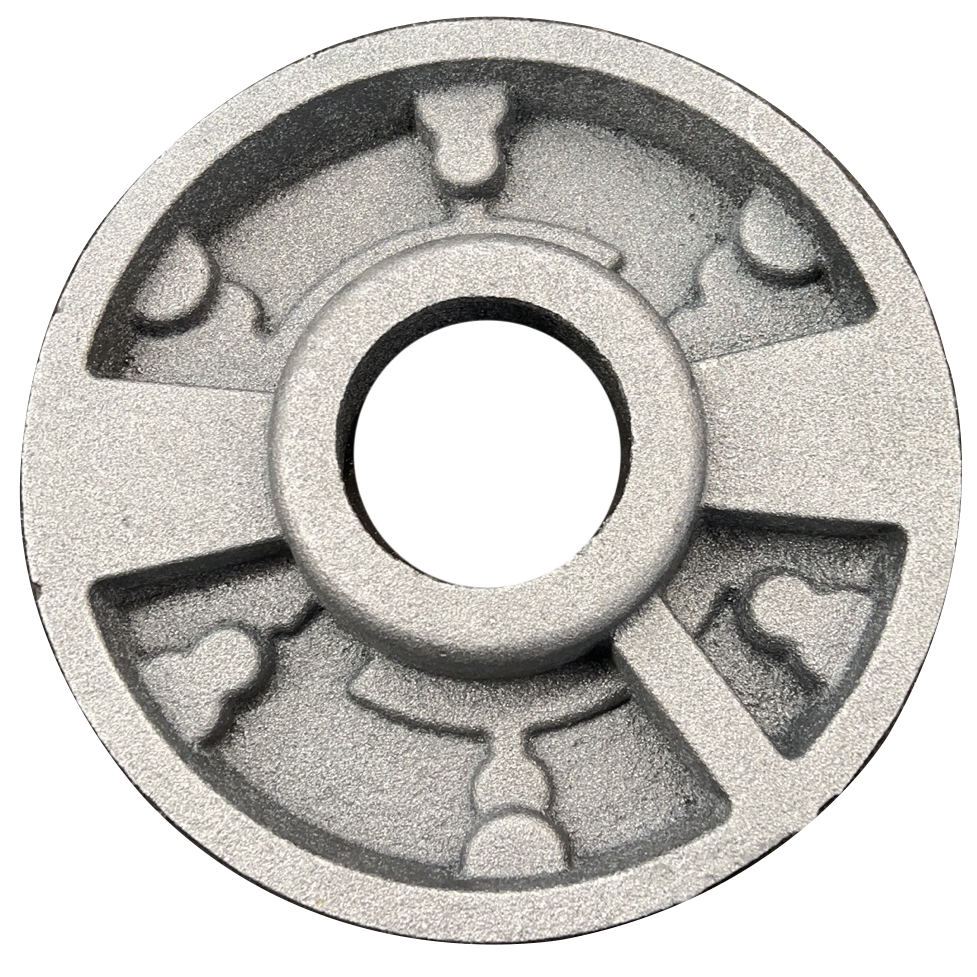- Afrikaans
- Albanian
- Amharic
- Arabic
- Armenian
- Azerbaijani
- Basque
- Belarusian
- Bengali
- Bosnian
- Bulgarian
- Catalan
- Cebuano
- China
- China (Taiwan)
- Corsican
- Croatian
- Czech
- Danish
- Dutch
- English
- Esperanto
- Estonian
- Finnish
- French
- Frisian
- Galician
- Georgian
- German
- Greek
- Gujarati
- Haitian Creole
- hausa
- hawaiian
- Hebrew
- Hindi
- Miao
- Hungarian
- Icelandic
- igbo
- Indonesian
- irish
- Italian
- Japanese
- Javanese
- Kannada
- kazakh
- Khmer
- Rwandese
- Korean
- Kurdish
- Kyrgyz
- Lao
- Latin
- Latvian
- Lithuanian
- Luxembourgish
- Macedonian
- Malgashi
- Malay
- Malayalam
- Maltese
- Maori
- Marathi
- Mongolian
- Myanmar
- Nepali
- Norwegian
- Norwegian
- Occitan
- Pashto
- Persian
- Polish
- Portuguese
- Punjabi
- Romanian
- Russian
- Samoan
- Scottish Gaelic
- Serbian
- Sesotho
- Shona
- Sindhi
- Sinhala
- Slovak
- Slovenian
- Somali
- Spanish
- Sundanese
- Swahili
- Swedish
- Tagalog
- Tajik
- Tamil
- Tatar
- Telugu
- Thai
- Turkish
- Turkmen
- Ukrainian
- Urdu
- Uighur
- Uzbek
- Vietnamese
- Welsh
- Bantu
- Yiddish
- Yoruba
- Zulu
sep . 16, 2024 11:23 Back to list
Casting of Steel
The Casting of Steel A Vital Process in Modern Manufacturing
The casting of steel is a pivotal process in the manufacturing industry, transforming molten metal into solid products that are essential for various applications. This technique involves pouring liquid steel into molds, where it cools and solidifies to form intricate shapes and structures. The versatility and adaptability of steel casting make it a preferred choice for many sectors, including automotive, aerospace, construction, and machinery.
Steel casting can be traced back centuries, evolving from rudimentary techniques to sophisticated methods employed today. The process begins with the melting of raw materials, primarily iron ore, along with alloying elements such as carbon, manganese, and nickel. These components are heated in a furnace, often utilizing electric or induction methods to achieve the desired temperature, typically exceeding 1,540 degrees Celsius (2,800 degrees Fahrenheit). Once the steel reaches a molten state, it is poured into molds that can be made from sand, metal, or ceramic materials.
One of the notable advantages of steel casting is its ability to produce complex geometries that would be challenging to achieve using traditional machining processes. This feature allows manufacturers to create components such as engine blocks, gear housings, and turbine blades with intricate designs that enhance performance and efficiency. Additionally, steel castings can be produced in various sizes, from small components weighing just a few grams to massive castings exceeding several tons.
casting of steel

There are several casting methods employed in the steel casting industry, including sand casting, investment casting, and die casting. Sand casting is one of the most widely used techniques due to its cost-effectiveness and flexibility. It involves creating molds from a mixture of sand and binders, which can be shaped to meet specific design requirements. Investment casting, on the other hand, uses a wax pattern that is coated in a ceramic shell. Once the mold is formed, the wax is melted away, leaving a hollow space for the molten steel, resulting in high-precision parts with smooth surfaces.
While steel casting offers numerous advantages, it is not without its challenges. The quality of the final product is heavily influenced by factors such as the composition of the molten steel, the cooling rate, and the design of the mold. Defects such as porosity, inclusions, and shrinkage can occur, impacting the integrity and performance of the final product. To mitigate these issues, manufacturers employ rigorous quality control measures, including non-destructive testing and real-time monitoring during the casting process.
In conclusion, the casting of steel is an indispensable process in modern manufacturing. Its ability to produce intricate shapes, coupled with the strength and durability of steel, makes it a vital technology for numerous industries. As advancements in casting techniques and materials continue to evolve, the future of steel casting promises to support the growing demands of a technologically driven world. Emphasizing innovation and quality, the steel casting industry will undoubtedly play a crucial role in shaping the infrastructure and products of tomorrow.
-
Durable Cast Iron Water Main Pipe | AI-Optimized Design
NewsAug.05,2025
-
8mm Thin-Walled Cast Steel Manhole Cover Pallet Bottom Ring | Durable
NewsAug.04,2025
-
Premium Cast Iron Water Main Pipe: Durable, Corrosion-Resistant
NewsAug.03,2025
-
Durable Cast Iron Water Mains | AI-Optimized Systems
NewsAug.02,2025
-
High-Efficiency Propane Boiler for Baseboard Heat | Save Energy
NewsAug.01,2025
-
Premium Source Suppliers for Various Gray Iron Castings
NewsJul.31,2025


